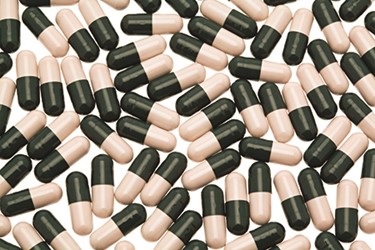Clinical Road Map To Success For Over-encapsulation
By Richard Shannon, Vice President of Business Development, Almac Clinical Services

A recent analysis conducted by the Tufts Center for the study of Drug Development1 estimated that the average cost to develop and gain marketing approval for a new drug is in excess of $2.55 billion (based upon out of pocket and time costs), so the need to prove superior efficacy and safety when compared to an already marketed product is of critical importance. When developing protocol designs, blinding or masking of clinical supplies is an integral part of many studies. This can help remove both investigator and patient bias due to the visibility of the marketed product, and can limit any potential placebo effect. One of the extensively used mechanisms available to sponsor companies to promote blinding is the over-encapsulation of tablets or capsules.
Over-encapsulation is a widely accepted mechanism used throughout the clinical supplies industry, and while the process itself may appear relatively straightforward, packaging for clinical supplies is a complex process that is strictly controlled by Good Manufacturing Practice (GMP). The principle of over-encapsulation is simply the addition of a product or products to a hard gelatine capsule (although use of non-gelatine capsules is increasing), which may or may not be backfilled with an inactive bulking agent or excipient. This process can be used for comparator products, Investigational Medicinal Products (IMPs) and/or placebos, providing an output of visually identical capsules for each product or strength, thus maintaining the blind and removing any potential bias.
Get unlimited access to:
Enter your credentials below to log in. Not yet a member of Clinical Leader? Subscribe today.
